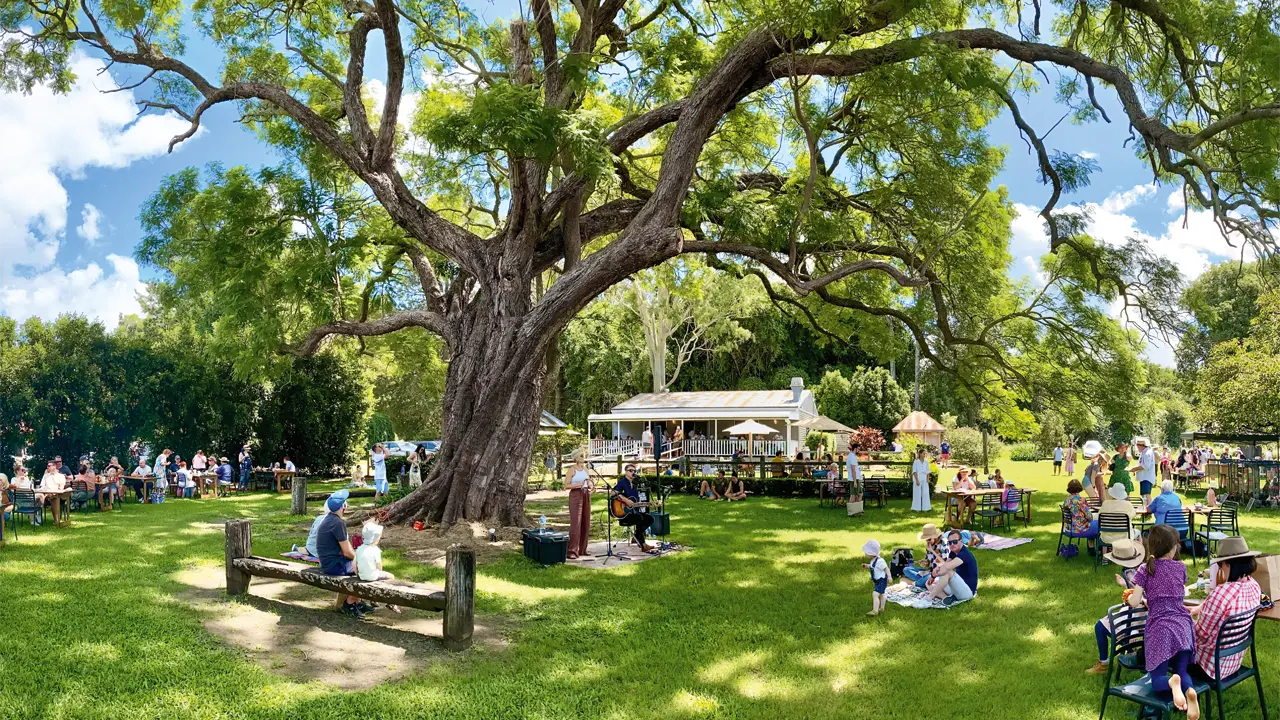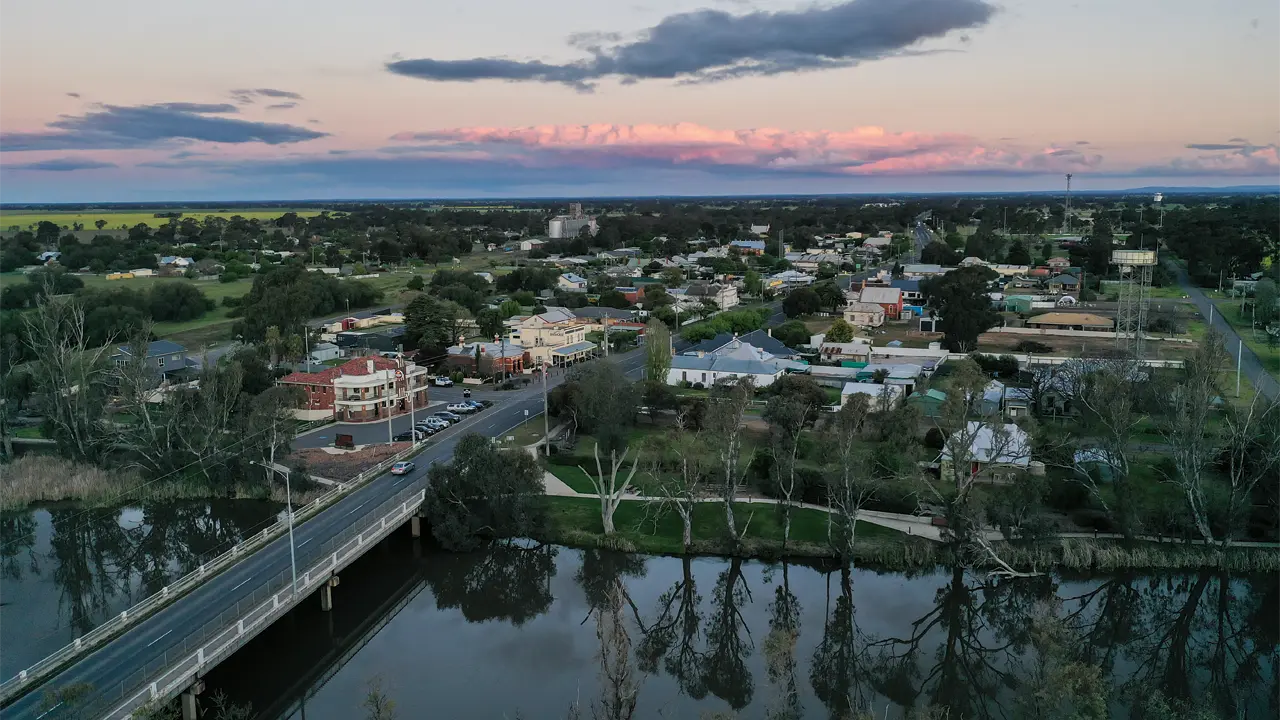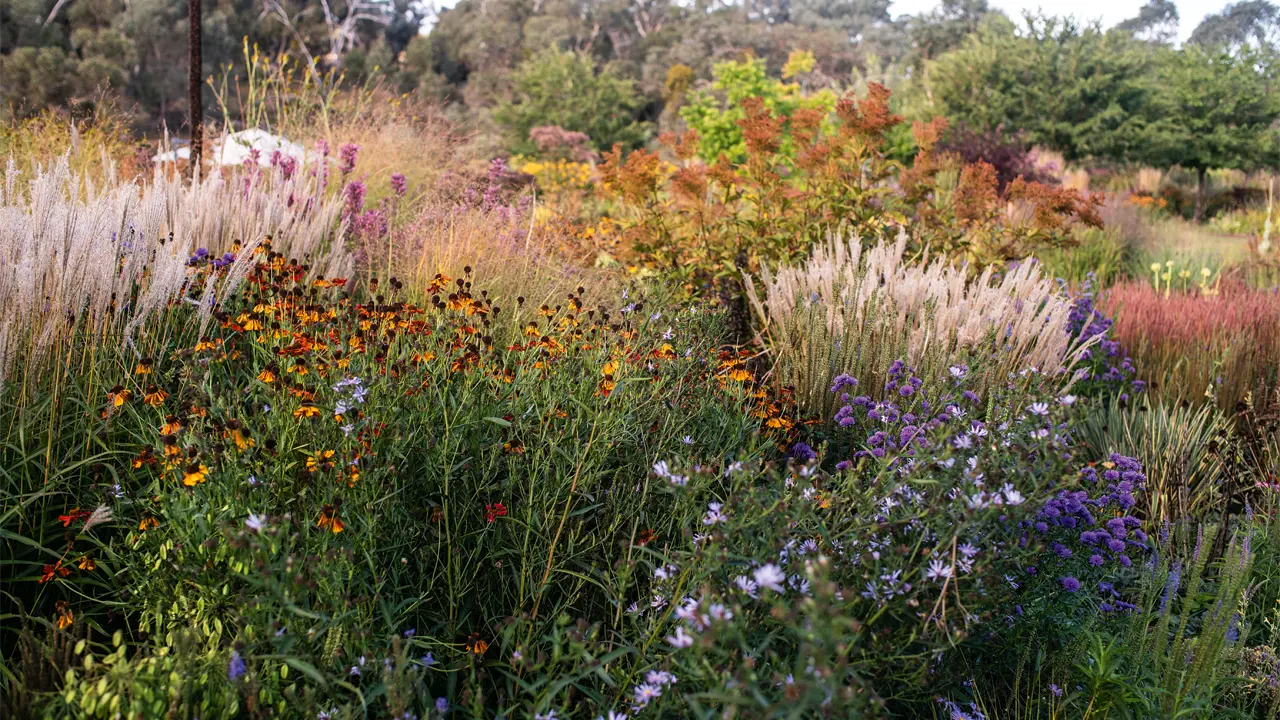The Murrumbidgee Irrigation Area celebrates 100 years of successful food production.
Story By Genevieve Barlow
It's difficult to picture the vast flat plains north of the Murrumbidgee River in New South Wales without the web of water channels that exist there now. The first surveyor-general of the colony of New South Wales, John Oxley, saw the landscape in 1817 and called it desolate. So did the explorer Charles Sturt, but things changed 100 years ago when the tap was turned on and water flowed from the dammed Murrumbidgee River into the Murrumbidgee Irrigation Area (MIA). Up to that point only the nation’s Indigenous people knew how to survive there, plus some pastoralists who cut their own channels before water laws were created.
Now spanning 660,000 hectares (less than 20 percent of which is irrigated), including 3500 kilometres of supply channels, 2160km of drainage channels, 3200 landholdings plus nine towns (not least the Walter Burley Griffin-designed centres of Leeton and Griffith), more than 40,000 people and producing food worth $3 billion annually, the MIA is marking a century of irrigation this year.
The scheme’s official start date was July 13, 1912 when the New South Wales Minister for Public Works, Arthur Griffith, and surveyor’s assistant, Christopher Younger, turned the wheel to lift the great doors to the scheme and let the water through.
Irish-born engineer Hugh Giffen McKinney conceived and drew up the scheme. He’d worked as a canal magistrate, issuing irrigation and water licences in the Indian Punjab where rivers had been dammed to direct water for food production. The New South Wales government was under pressure to tackle water conservation after a series of bad droughts, so in 1903 plans were approved for a Northern Murrumbidgee Irrigation Canal.
In 1906 construction of Burrinjuck Dam began on the Murrumbidgee River between Barren Jack and Black Andrew Mountains, 35km south of Yass. McKinney’s successor, Leslie Augustus Burton Wade, got the scheme through Parliament earning plaudits that were rightly McKinney’s. Then, as now, water politics was Machiavellian. McKinney’s great grandson, Sydney lawyer David Ash, spoke at the centenary celebrations in July and says he feels his grandfather’s role has now been acknowledged. “Wrongs have been righted,” he says. “Today there’s a street on Griffith’s outskirts named after McKinney. It just so happens, it’s a dead-end street.”
This story excerpt is from Issue #85
Outback Magazine: Oct/Nov 2012









